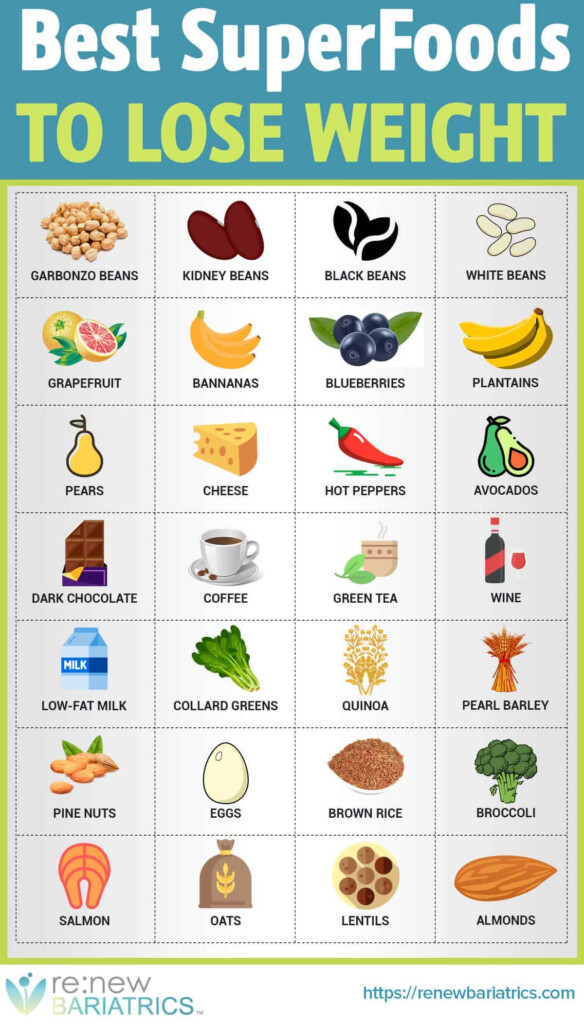When it comes to losing weight, diet plays a crucial role. A healthy diet chart for weight loss should include a balance of nutrients to support your body’s needs while promoting fat loss. Start by incorporating a variety of fruits, vegetables, whole grains, lean proteins, and healthy fats into your meals. Avoid processed foods, sugary drinks, and excessive amounts of saturated fats and sugars.
It’s also important to pay attention to portion sizes and meal timing. Eating smaller, more frequent meals throughout the day can help regulate your metabolism and prevent overeating. Make sure to stay hydrated by drinking plenty of water and limit your intake of alcohol and sugary beverages.
A Healthy Diet Chart For Weight Loss
2. Creating Your Own Diet Chart
When creating a healthy diet chart for weight loss, consider your individual needs and preferences. Start by calculating your daily calorie needs based on your age, gender, weight, and activity level. Aim to create a calorie deficit by consuming fewer calories than you burn through physical activity.
Plan your meals ahead of time to ensure you’re getting a balance of macronutrients and micronutrients. Include a variety of foods from each food group to ensure you’re getting all the essential nutrients your body needs. Be mindful of portion sizes and avoid mindless snacking to prevent unnecessary calorie consumption.
3. Sample Diet Chart
Here’s a sample diet chart to help you get started on your weight loss journey:
- Breakfast: Greek yogurt with berries and almonds
- Snack: Carrot sticks with hummus
- Lunch: Grilled chicken salad with mixed greens and avocado
- Snack: Apple slices with peanut butter
- Dinner: Baked salmon with quinoa and roasted vegetables
Remember to listen to your body and make adjustments to your diet chart as needed. Consult with a healthcare professional or registered dietitian for personalized guidance and support.
